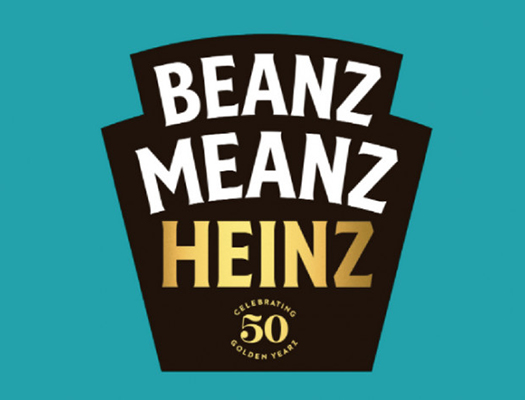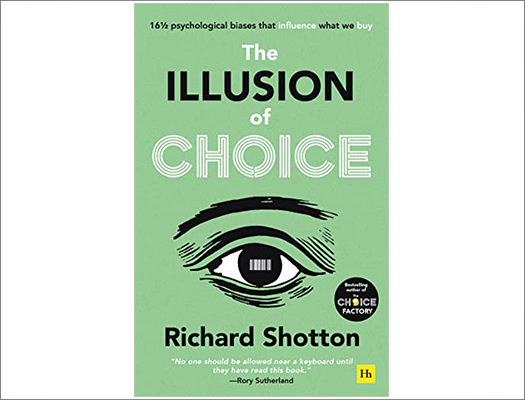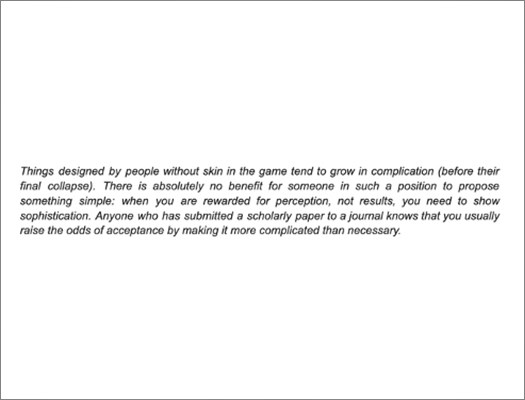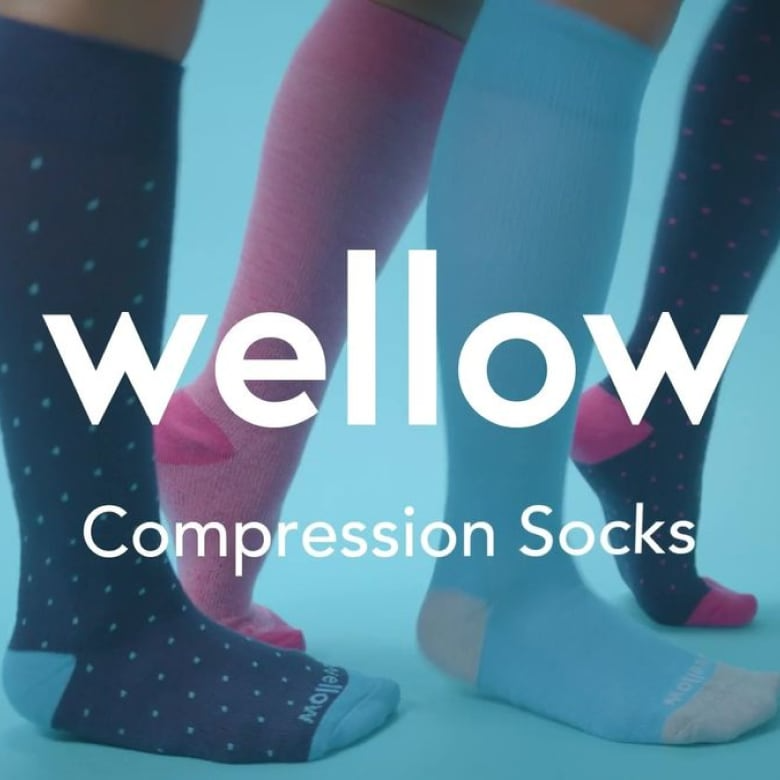Episode Transcript
- MichaelAaron: Welcome back to the next episode of Behavioral Science for Brands. I'm MichaelAaron.
- Richard: And I'm Richard Shotton.
- MichaelAaron: And today we're talking trust, rhyming, and everybody's favorite junk food. And we're gonna use Pringles, a favorite American potato chip or what you would
- Richard: Crisp.
- MichaelAaron: Crisp in a tube, chips in a can. We're gonna dive deep and we're gonna look at what's the behavioral science that's powering the success of that brand. Let's get into it.
- MichaelAaron: So let's start at the beginning. Pringles is created in 1968 by Proctor and Gamble, but it takes 10 years to develop this. And if you read the history of Pringles, they're talking about. How could we make the perfect chip and the evil that they were fighting against? The thing that they were trying to fix was when chips come in bags, they often get crunched.
- MichaelAaron: They often get ruined in transit, so could they develop a chip that would every time come out complete and whole. The scientists develop a hyperbolic paraboloid. It's that unique wave look that the chip takes, and once they have it, they're able to stack them and so they end up developing a unique container.
- MichaelAaron: I'd call it a can, you'd call it a tube that all the chips come in. The original salt flavor comes out in 1968 as a whole new form factor for which potato chips can be eaten. They call it when they launch it in 1968, Pringles, new fangled potato chips. And it's meant to draw people in a whole different way.
- MichaelAaron: So we've got an interesting case study here. We've got American snack food, favorite potato chips, but in a completely different form factor for the packaging and actually a different form factor of the actual consumable good, the chip, but they gotta market this thing and they come up with a campaign, one pop, and you can't stop.
- MichaelAaron: And this is really ingenious. And what's the behavioral science that they're using?
- Richard: So it's a fantastic slogan and I think the behavioral bias, the drawing on is something called the key heuristic. So this is an idea back from 1999. Two psychologists, uh, Matthew McGlone and Jessica Tofighbakhsh, and they have an ingenious experiment, recruit loads of people, and they give, um, fake proverbs and some people get a rhyming proverb.
- Richard: So I might get what sobriety conceals alcohol reveals, you might get exactly the same proverb in terms of meaning, but without rhyming. So what sobriety, conceals alcohol and unmasks. And then we have to rate how true, how reflective of life these proverbs are. And what they find is the people who hear the proverb in a rhyming setting or rhyming phrase, they rate that proverb is significantly more believable than the group period in a non rhyming medium
- Richard: So they call this theistic and it's the idea that we believe things that rhyme more than things that don't. And they explain this by saying that we mistake ease of fluency, ease of processing with truthfulness because often when we become familiar with something, tends to be true, it's easier for us to process.
- Richard: Rhyme almost speeds that up. So we're conflating truth with ease of processing.
- MichaelAaron: You know. People explain human heuristics shortcuts to decision making. You hear people explain it as this is obviously the way evolution has happened. The easier it is to realize that a wild animal in the wild is dangerous to you, the better it is that you process it quickly and you run.
- MichaelAaron: How does like ease of processing play into that?
- Richard: Well, that's a very good point. I think there is an evolutionary explanation for things that we saw repeatedly. We could treat us safe and you and you know. Whereas something that's brand new, you've gotta treat as if it could be dangerous. So you've gotta work to that assumption.
- Richard: So regular exposure makes us more familiar and liking of a particular product or thing, it's like rhyme, just shortcuts that it speeds it up. So yeah, I think there's an evolution explanation for familiarity, breeding, fondness, and then rhyme is almost a hack of.
- MichaelAaron: Very interesting. And do we think that there's also a piece of rhyming that creates attractiveness?
- MichaelAaron: Is there a chance that by hearing it and making it easy, there's some, some, some form of, it's just more fun to say or not.
- Richard: I haven't seen any evidence there, but I think the interesting thing with these experiments is the academics have done it with a certain aim, and this was to kind of work on credibility and trust that experiment in the public domain.
- Richard: You can take that experiment and rerun it and twist the experiment for your, for your goal, which is actually what I did with that futuristic study. We reran the study in the morning. We gave people the proverb. In the afternoon, we invited 'em back in and saw what they could remember, and it was only a little test pilot study, but there was a phenomenal difference.
- Richard: It was a doubling of the proportion of Proverbs that we could remember if they rhymed, rhyming, was very memorable. Uh, non rhyming phrase, very easy to forget. So yes, there's a benefit in trust. I think actually the bigger benefit is probably of memorability. What's interesting is I think in the 1950s and sixties and seventies, advertisers knew this.
- Richard: Most ads or certainly a lot of ads rhymed. It is a much less common tactic now.
- MichaelAaron: You know, when we think about that, there was also, it used to be much more popular to use jingles and sound. They call that today, sonic branding. Yeah. What is that? It. An association of a sound with the brand. Does that play into this at all?
- Richard: I think they're
- Richard: related, definitely. And I think there's an element of probably some similarity between rhyme and jingles and both being memorable, right? There's also that similarity of neither of them feels particularly sophisticated. You know, if you are sitting around as marketers, I don't think we would judge a marketer as being sophisticated for using a rhyme or a jingle, but frankly, That's irrelevant.
- Richard: We, you know, we shouldn't be spending our client's budgets to boost our self-image. We should be spending budgets to boost the chance of success, and rhyming definitely does that.
- MichaelAaron: So let's take a break and when we come back, we'll dive a little deeper into the subject and see what else we can uncover.
- MichaelAaron: Behavioral science for brands is brought to you today by Method1. Method1 builds digital first marketing systems to help brands grow their behavior, change. Experts who solve business challenges by creating meaningful connections with consumers, with deep disciplines in many brand categories.
- MichaelAaron: Reach out to them if you'd like to be leveraging behavioral. In your marketing or advertising, visit [email protected].
- MichaelAaron: Before we went into break, Richard, you said something that was pretty provocative and I was thinking about it when we were out on break. You said that sometimes when a piece of communication uses something simple like a rhyme or maybe even a jingle, it may not get the credence inside the agency or with the, with the brand marketer that it should.
- MichaelAaron: And it got me thinking, you know, when we are building work just to impress one another or when we make work to win awards, it's not about the effectiveness of the work in market. And that could be a dangerous line for marketers, both on the brand side and at the agency side to be worried about.
- Richard: Yeah, absolutely, and this isn't meant to be rude about martyrs.
- Richard: This is a function of the situation they find themselves in. There's an idea from an economist called Steven Ross, and he calls it the principal agent problem. And he says, this explains an awful lot of problems in business. And he says, there are two different parties in the business. There's the principal, The shareholder or the business itself and the agent, the employee or the martyr, and he says, unfortunately, they often have divergent aims.
- Richard: The principal wants sustained profitable growth. Profit. Yeah, exactly. The agent, yes, of course they want that, but they also want grip progression and bring it back to rhyme. The problem with rhyme is it might be a great way of generating the profitable growth cause it certainly delivers memorability, which is a key task for advertising.
- Richard: But what it won't do is generate career progression for a creative, because it's not signaling that you are at the cutting edge of your profession. So tactics like this in a standard business model, don't get used enough now, rather than bemoan you in nature, there's no point doing that. These are fundamentals.
- Richard: These are fundamental drivers. What you need to do is set up a situation in which all parties have, as Taleb would say, skin in the game. If the agent and the principal both have a financial interest in the business success and a meaningful one, then suddenly you've got an alignment and suddenly people's direction is relentlessly focused on growth rather than personal glory.
- MichaelAaron: You know, I've spent a lot of time talking about this in the past. Not only do you want your principal and your brand side to have that. You want your agents. Yes. Agencies, vendors, other partners, to also feel that skin in the game model. And when we've had those situations in relationships that I've been a part of, it not only changes the focus as you are talking about, to be about outcomes for the brand.
- MichaelAaron: And so it doesn't matter if rhyme is fancy or not. Yeah. It also changes the culture of how people work together because now you're all on the same side of the table. Pushing towards the same goal. Yes. So it's got a, it's got a business benefit, no doubt. And it has a cultural benefit that it changes the way the team has worked together.
- Richard: Yes, absolutely. Taleb talks about this idea of skin in the game a lot, and one of the things he says repeatedly is, if you don't have skin in the game, what you end up doing is over complicating things because you need to show to the person you're selling your services. You need to show that you are an expert and you are, you are clever and you're sophisticated, and it can end up with sub-optimal solutions.
- MichaelAaron: For all of us that have worked with agencies, for everybody who's had marketing partners come in. It's the number one fear our brand has. Brands and owners principles want the best work done as fast as possible. The problem with that dichotomy is that it's not always the way that the agent can make the most money.
- MichaelAaron: And so until you align economic success, until you put everybody on the same side of the table, you really having no choice but to overcomplicate or having no choice but to have people prove their worth rather than focus on the outcome. Yeah, absolutely. So really interesting conversation today, like we do at every podcast.
- MichaelAaron: Let's wrap it up. Let's give our marketers the biggest things they should take away from today.
- Richard: Key thing is I think the power of simple solutions. So, don't ignore something because it seems easy and simple. One, learning from behavioral science is sometimes very small interventions can have a huge effect, and the intervention we've been talking about is rhyme.
- Richard: That's one of the tactics you should consider.
- MichaelAaron: And my build on that would be if you can change the culture of your company, you can change the culture of your relationships to be focused on outcomes instead of on cleverness everybody will do. So that brings us to the end of our episode. If you liked what you heard today, we'd appreciate a thumbs up, a good rating, a review, and be sure to come back next time.
- MichaelAaron: We have lots of really exciting and interesting behavioral science to uncover next. Until then, I'm MichaelAaron Flicker.
- Richard: And I'm Richard Shotton.
- MichaelAaron: See you later. Alligator
- Richard: in a while crocodile.
Episode Highlights
The Rhyme As Reason Effect
Work by two psychologist, Matthew McGlone and Jessica Tofighbakhsh, suggests that using rhyme was more than an incidental detail. In 1999 the academics asked 60 students to rate the comprehensibility and accuracy of 30 aphorisms on a nine-point scale.
Power of Simple Solutions
One learning from behavioral science is sometimes very small interventions can have a huge effect, and the intervention in this episode is rhyme.
Skin in the Game
Taleb explains if you don't have skin in the game, what you end up doing is over complicating things because you need to show to the person you're selling your services. You need to show that you are an expert and you are, you are clever and you're sophisticated, and it can end up with sub-optimal solutions.
Resources & Useful Links
Here are additional
resources that
demonstrate how
some famous brands
have leveraged a flaw to
create
powerful brand communications.






